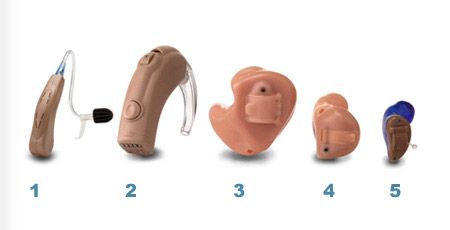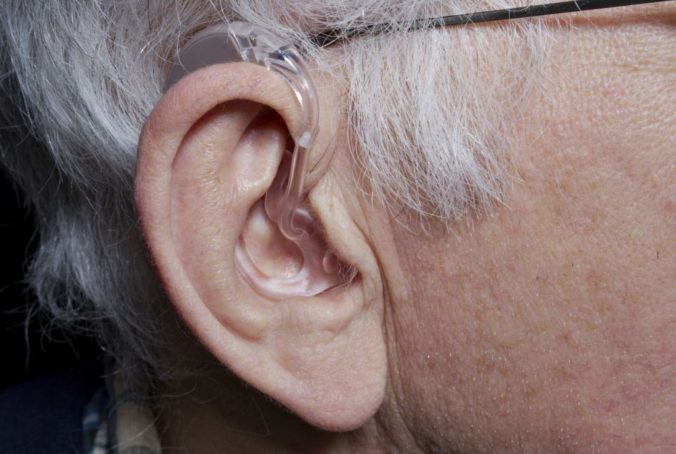A hearing aid will only be prescribed following a hearing assessment by an ENT specialist and must be fitted and adapted by a hearing aid specialist. Below we explain the different types of hearing aids currently available on the market and some of the symptoms you need to be watchful for if you think you need to have one fitted.
What is a hearing aid?
A hearing aid is a technological device designed to improved hearing quality in people who suffer some kind of hearing impairment. It incorporates a loudspeaker, an amplifier and a microphone, and enhances any person’s hearing capacity by adapting to their specific requirements.
Its purpose is to receive sound waves through the microphone and convert them into electric signals. This allows the waves to be amplified and transmitted from the external and middle ear to the inner ear or cochlea.

Photo credit: oír vital
Types of hearing aids
Today, several different types of hearing aids are available, which offer a wide range of features and come in many different sizes to cover the specific needs and requirements of every different patient.
There are 5 main types of digital hearing aids:
- RIC (Receiver In Canal)
- BTE (Behind The Ear)
- ITE (In The Ear)
- ITC (In The Canal)
- CIC (Completely In Canal)

Photo credit: oye sin entender
Signs that you may need a hearing aid
- You find it hard to hear and follow conversations in a noisy environment, such as in a restaurant or shopping centre.
- When speaking to someone, you find yourself unconsciously trying to read their lips as you cannot hear what they are saying clearly.
- You find it hard to follow and participate in group conversations.
- You often need to ask people to repeat what they have just said.
- You often raise the volume on your television set or telephone as you cannot hear them clearly.
How to choose the best hearing aid for you
To determine the cause of your hearing loss and the state of your auditory system, book an appointment with an ENT specialist, who will carry out two basic health tests. First, they will examine your ear with a device called an otoscope. This will allow them to rule out any damage or injuries to your ear that may be affecting your hearing. The second test is an audiometric hearing test, which evaluates the capacity of your auditory system and is performed with an audiometer.
Once the final result has been obtained, the team of specialists will discuss the best options for compensating your hearing loss with one or two hearing aids, depending on your specific needs. Adapting to your new hearing devices is a gradual process that must be followed using the guidelines established by the hearing aid specialist.
Soon we will publish a post about the most common doubts and tips on hearing aids. If you would like to answer any doubts you may have on hearing aids, leave us a comment below this article. 🙂

0 Comments
1 Pingback